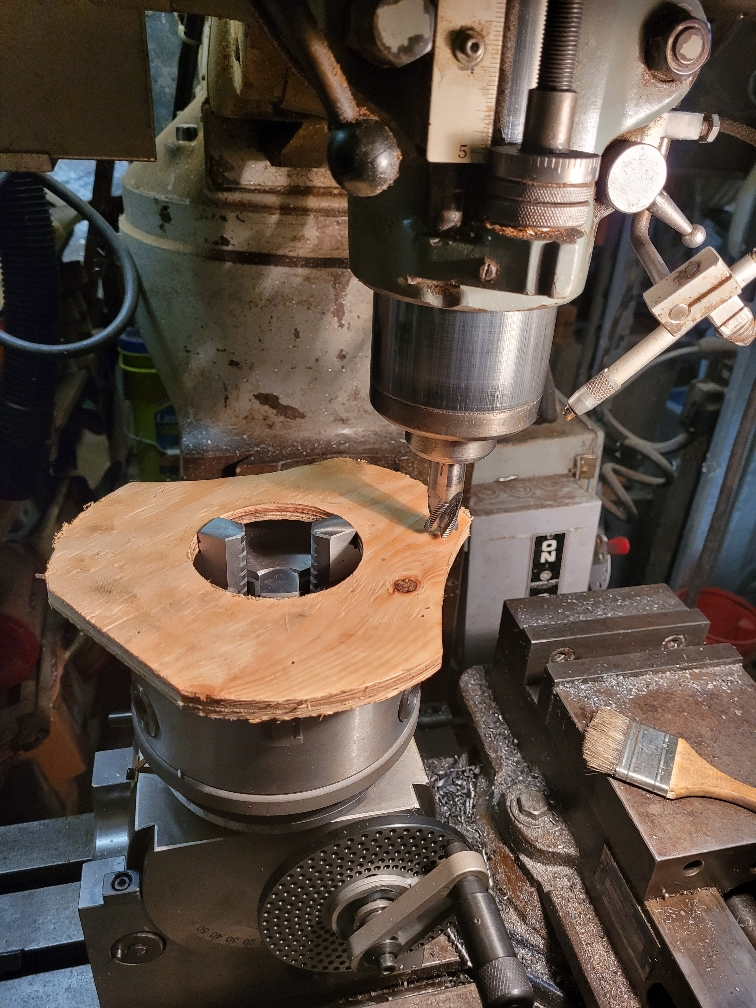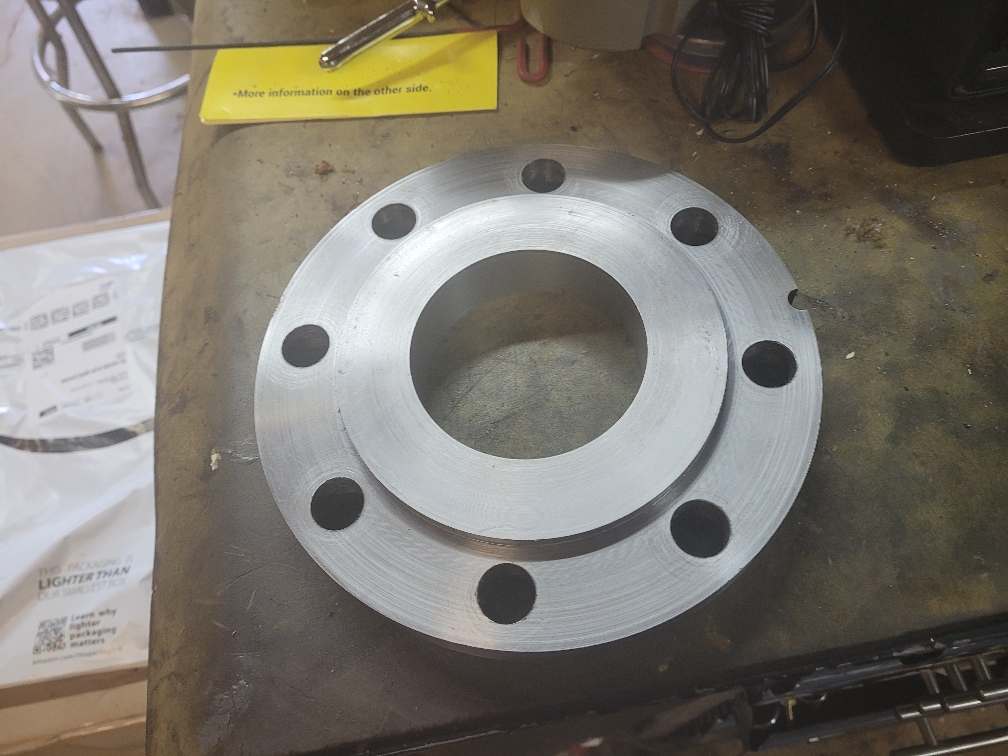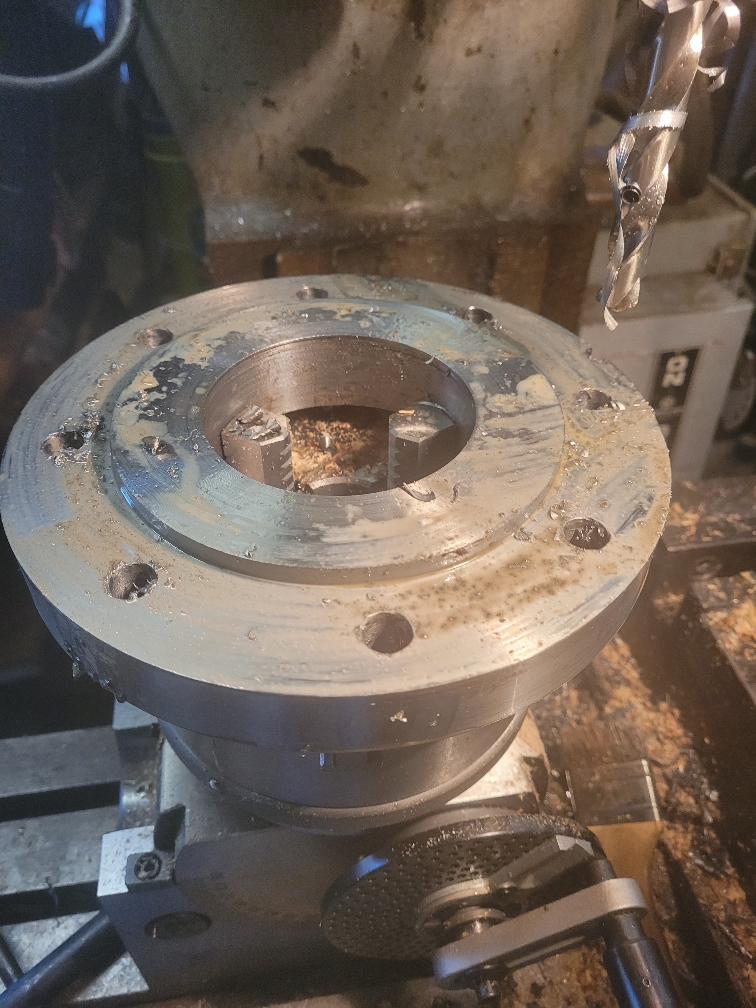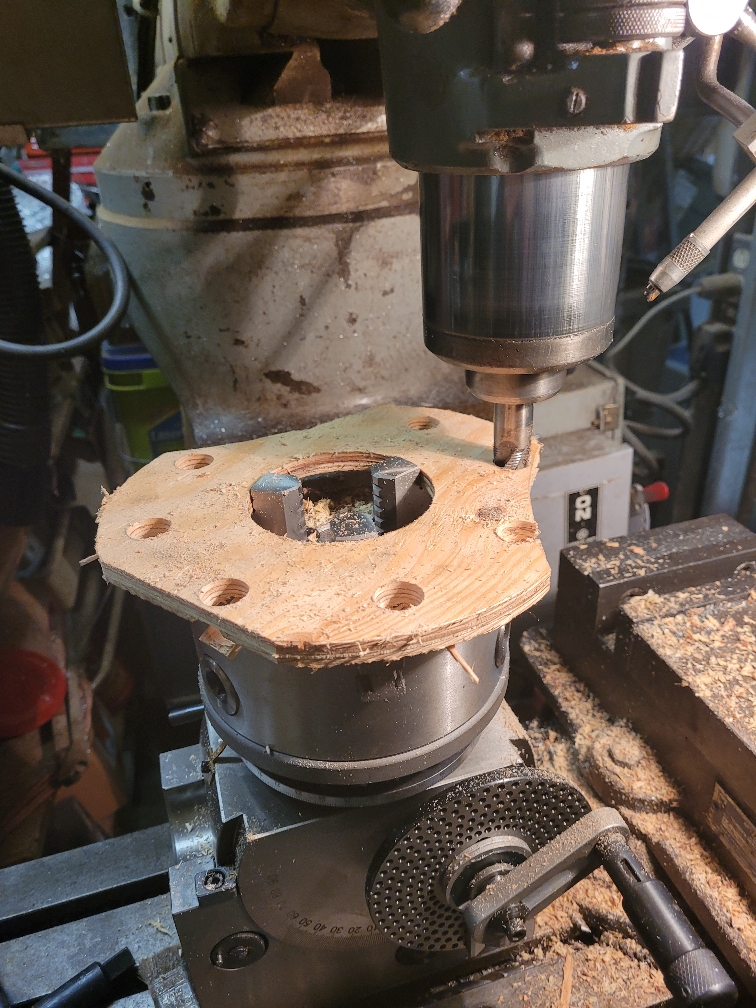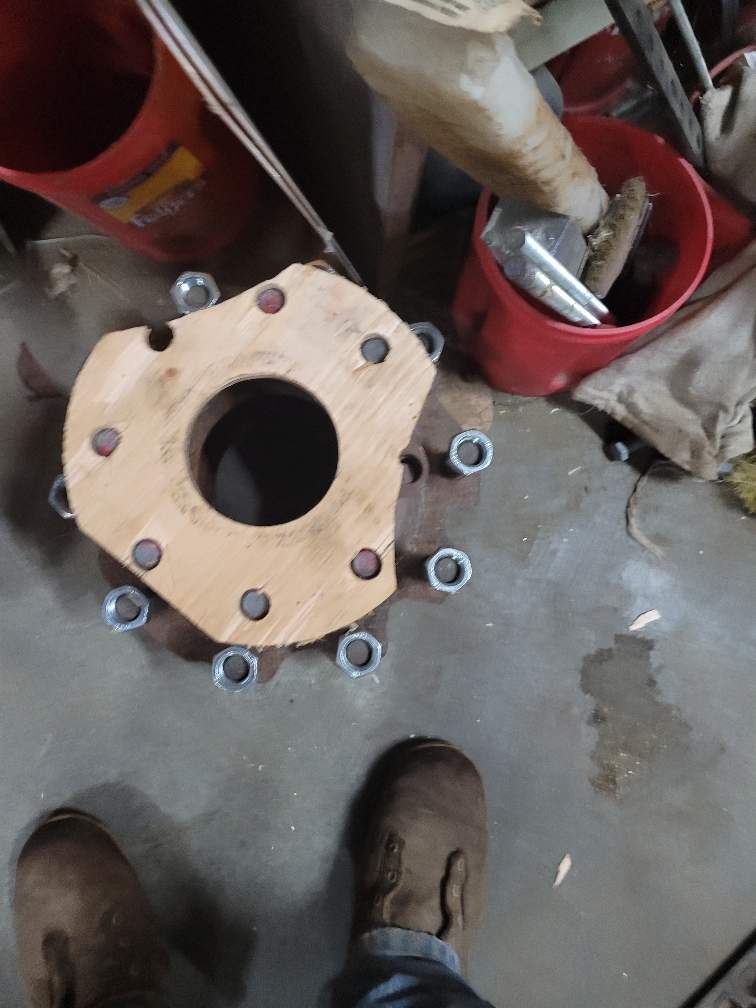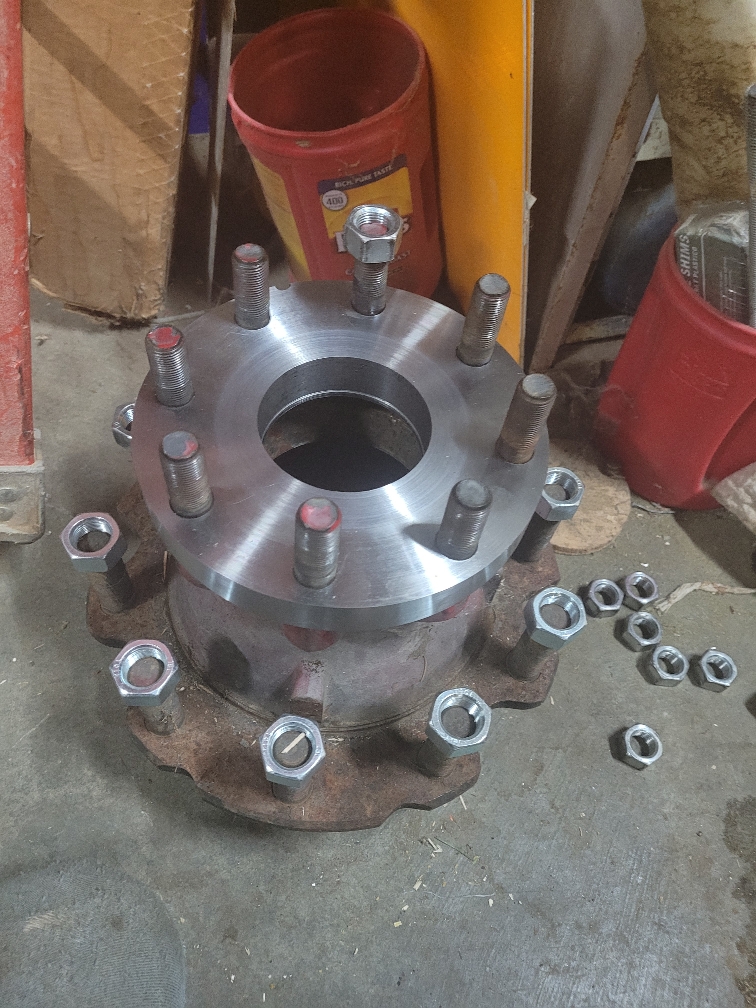Those would work , kind if my thought of running the pointed set screws through the mounting holes into the plate after machining the index.If there is enough register to engage the chuck, these might work. Blind hole spotters
View attachment 438771
Still searching for a piece of scrap to even try. Scrap in this area had become slim. Scrap yards dont trade/sell back over the counter anymore,


